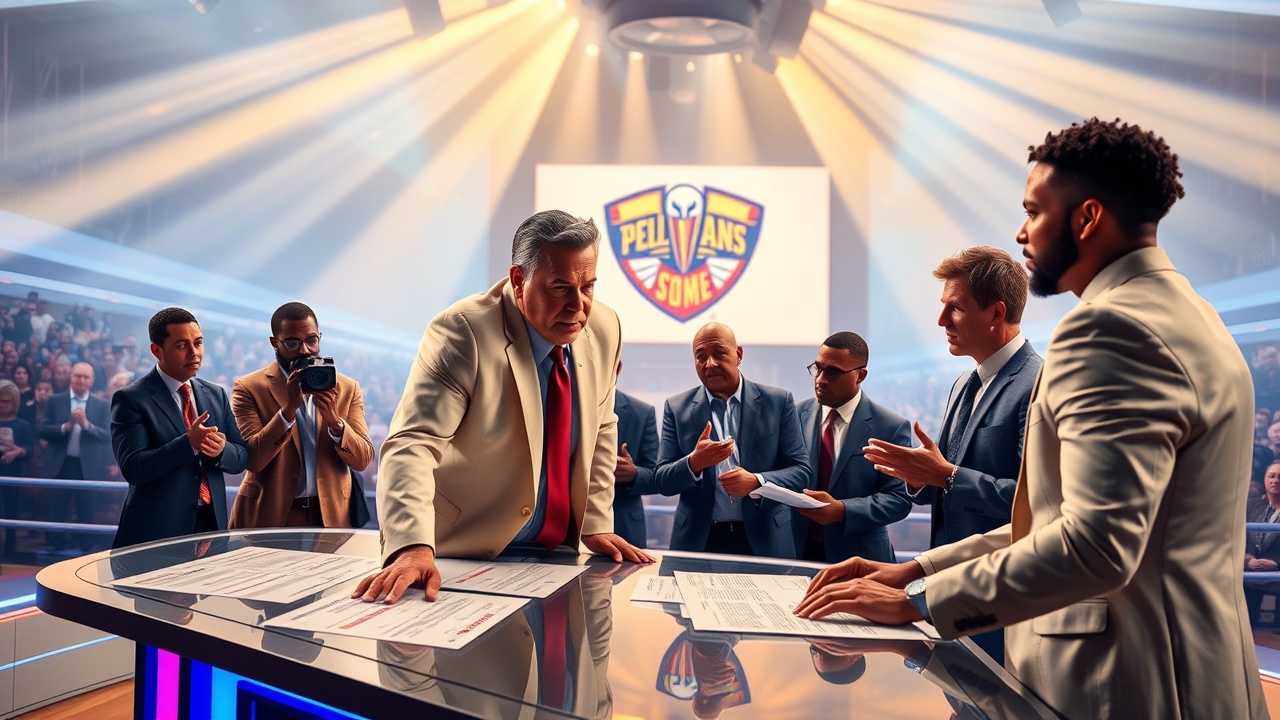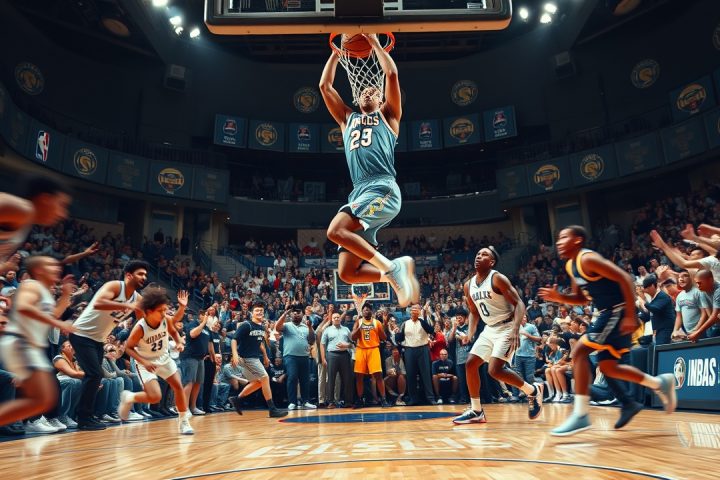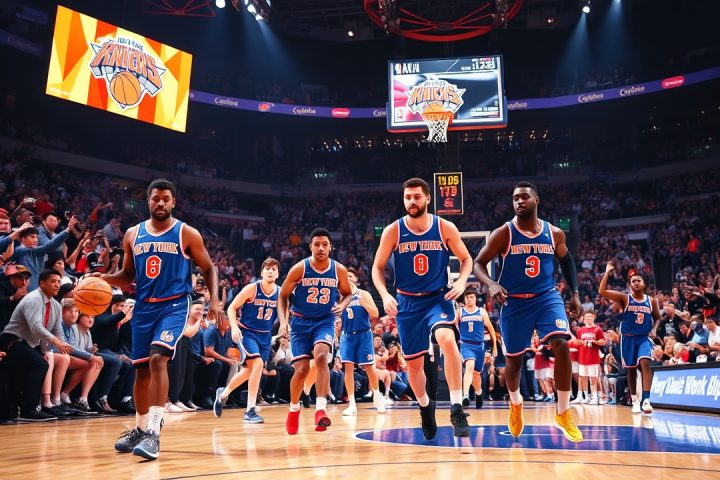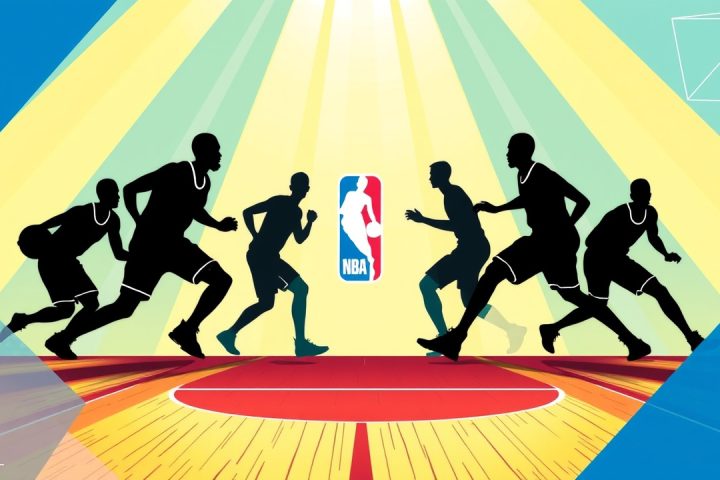NBA Draft Night: A High-Stakes Gamble
NBA Draft night can often feel like an agonizing waiting game, as teams take five-minute intervals between picks, leading to anxiety and impulsive decisions by executives. This pressure can warp rationale, pushing teams to consider trades they might otherwise reject during calmer times, as the urgency to acquire targeted players intensifies following interviews and workouts. The results of this frantic approach can result in both beneficial trades, as seen in 2019 with Luka Dončić and Shai Gilgeous-Alexander, and disastrous miscalculations that cost teams dearly.
The 2025 Draft: A Case Study
The 2025 draft exemplified this dynamic, particularly with the New Orleans Pelicans’ aggressive strategy. They made headlines by trading a 2026 unprotected first-round pick, branded as a “superfirst,” to the Atlanta Hawks in order to climb from the 23rd to the 13th pick and select Maryland center Derik Queen. This deal was seen as a reckless gamble by many industry observers, especially after another controversial decision to swap a top-four protected 2026 pick with the Pacers to secure the 23rd pick—but this was further complicated by the injury to star player Tyrese Haliburton.
Ramifications of the Trade
The ramifications of this trade were significant. The superfirst pick transferred to the Hawks is seen as a potential lottery ticket, given the uncertain futures of the Pelicans and the Milwaukee Bucks, particularly in light of Damian Lillard’s injury. The Pelicans’ choice to forego valuable protections on their asset raised eyebrows around the league, especially when they had previously secured protections in a year-old deal with the Hawks.
Critics suggest New Orleans could have leveraged their trade value more effectively, potentially moving into a top-five pick rather than settling for 13th. Furthermore, they could have opted for other forms of negotiation that wouldn’t have required them to surrender both the 23rd pick and a likely future lottery selection. Such decisions highlight a critical lapse in asset management.
Leadership Concerns
On a broader scale, the tumultuous situation in New Orleans raises troubling questions about the organization’s leadership, particularly after the team failed to properly address its general manager vacancy, ultimately landing Joe Dumars. His early tenure has not been without criticism, including the retention of a coach at odds with player sentiments and the unsuccessful handling of star player trades. Many observers are skeptical as the team seems to emulate an approach likened to that of the Detroit Pistons under Dumars’ old staff, which led to years of futility.
Future Implications
In light of these maneuvers, it’s important to consider the potential impact of the Pelicans’ decisions. While Queen might develop into a significant player, many experts believe the likelihood of him surpassing the talents of the player Atlanta secures next year is slim, particularly with prospects like AJ Dybantsa and Kansas recruit Darryn Peterson available. Moreover, Atlanta succeeded in drafting a strong prospect in Asa Newell at 23, who could parallel or even outperform Queen.
Wider Trends in Draft Night Trades
The Pelicans aren’t alone in their miscalculations. The Memphis Grizzlies also made headlines by trading an unprotected 2028 first-round pick to ascend from 16th to 11th and select Cedric Coward, again raising concerns about the loss of potential future trades. Similarly, the Utah Jazz expended three second-round picks to move just three spots to select a player who might have been available at their original position.
Overall, the theme of costly draft night trades is evident, with teams frequently overcommitting to chase immediate gains rather than exercising patience. This year’s draft serves as a reminder that for front offices, the ability to withstand temptation and avoid hasty trades is crucial in building a contender, and it’s a strategy that Atlanta might capitalize on down the line amidst the Pelicans’ chaotic decisions.




